Xanthan Gum - A Thickening and Stabilizing Agent from Flavorful Dishes to Skincare Solutions
- Regular price
- Rs. 999
- Regular price
-
Rs. 1,110 - Sale price
- Rs. 999
- Unit price
- per
Pay in 3 Installments of
Rs.
383
Prime Fast Delivery
|
Vendor:
ChiltanPure
10 customers are viewing this product
Couldn't load pickup availability

Vendor: ChiltanPure
Xanthan Gum - A Thickening and Stabilizing Agent from Flavorful Dishes to Skincare Solutions
Rs. 999
Vendor: ChiltanPure
Xanthan Gum - A Thickening and Stabilizing Agent from Flavorful Dishes to Skincare Solutions
Rs. 999
Are you looking for a keto-friendly and gluten-free thickening agent? Need a substitute for a binding agent? Here is your alternative.
You can use it as a binding agent, but if you want to bake a fluffy cake, use baking soda and baking powder. Add a pinch of xanthan gum to the baking.
Chiltan Pure Xanthan gum as a binding agent in cooking
It is a thickening agent that is known for its binding properties. It is present in almost every food item now and is considered a keto-friendly starch. Although it is derived from the process of fermentation and is considered a carbohydrate that is easily digestible and creates a creamy consistency, moderate consumption should be used to knead a dough, to thicken the gravy or soup, etc. Moreover, it can be used as a stabilizer to give a stretchy texture to the pastries, noddle, or dough. Therefore, it can be added to meat to bind the meat and vegetables all together.
Chiltan Pure Xanthan gum as a skincare thickening agent
from cooking and baking to skincare products Xanthan gum has versatile usage and is considered an effective stabilizer, emulsifier, and thickening agent in creams, lotions, serums, and gels, which keeps your skin hydrated and nourishes your skin. The moderate amount of xanthan gum can be used in any skincare item and is considered suitable for all types of skin. It reduces redness and calms irritated skin and works as a layer on the skin to support hydration and a youthful skin glow.
Precaution:
Consuming large quantities may cause bloating or digestive discomfort in sensitive individuals.
Xanthan gum is a versatile thickening and binding agent that can be used in cooking, baking, and skincare. It is used in creams, lotions, and gels to give a thick consistency.
Get delivery in Karachi, Lahore, Rawalpindi, Islamabad, Faisalabad, and across Pakistan.
mastic gum / xanthingum / anthem gum/ xenthum gum / xantum gum / xantham powder / zandam gum / xathum / zenthal gum /zaitan gam
How is Xanthan Gum used in cooking?
Xanthan gum is widely used in gluten-free baking as a binding agent to mimic the texture and elasticity of gluten. It is also used in sauces, dressings, ice creams, and beverages to thicken and stabilize mixtures.
Is Xanthan Gum safe to consume?
Yes, xanthan gum is safe to consume
Can Xanthan Gum be used as a substitute for flour?
Yes, xanthan gum can be used as a substitute for flour in gluten-free recipes.
Can I use Xanthan Gum in non-food products?
Yes, xanthan gum is used in a variety of non-food products, including personal care products like lotions, shampoos, and toothpastes, as it helps thicken and stabilize formulas.
How is Xanthan Gum used in cooking?
Xanthan gum is widely used in gluten-free baking as a binding agent to mimic the texture and elasticity of gluten. It is also used in sauces, dressings, ice creams, and beverages to thicken and stabilize mixtures.
How is Xanthan Gum used in cooking?
Xanthan gum is widely used in gluten-free baking as a binding agent to mimic the texture and elasticity of gluten. It is also used in sauces, dressings, ice creams, and beverages to thicken and stabilize mixtures.
How much Xanthan Gum should I use in recipes?
The amount of xanthan gum you need varies based on the recipe. For baking, a small amount (usually around 1/4 to 1/2 teaspoon per cup of flour) is often enough. For liquids like dressings or sauces, about 1/2 to 1 teaspoon per cup is recommended.
Does Xanthan Gum have a taste?
Xanthan gum is flavorless and odorless, so it won’t alter the taste of your recipes when used in the appropriate quantities.
Can Xanthan Gum be used in keto or low-carb diets?
Yes, xanthan gum is low in carbohydrates and is commonly used in keto and low-carb diets to thicken sauces, soups, and smoothies without adding significant calories or carbs.
Thickening Agent
IDesi ghee helps prevent digestive issues like bloating, inflammation, and constipation. It stimulates digestive enzymes and improves metabolism, leading to better overall health.Stabilizer
It works as a stabilizer, prevents ingredients from separating and keeping them together, and preserves structure. For instance, it is used in ice cream, jam, jellies, etc. to maintain a thick consistency. For skincare, it stabilizes the connections of the lotions, gels, and creams.Gluten-free baking
It is a great thickening agent to thicken soups, gravies, and to knead a dough. However, it is gluten-free and keto-friendly because it improves the texture of bread and cakes and is low in calories.Smooth texture
It gives a smooth texture to the baking goods and in dishes, which needs to be thickened. In skincare, it evenly applies to the skin and maintains the structure of the lotions, which nourish the skin.|
Dissolve 1/4 teaspoon of Xanthan gum in a cup of liquid like water or broth and stir until thickened. Adjust the amount depending on the desired thickness.
|
|
Add 1/4 teaspoon per cup of gluten-free flour to improve texture and binding.
|
|
Dissolve ¼ teaspoon in lotions, creams, or gels to thicken and stabilize.
|
|
(Note)Add Xanthan gum to your homemade scrubs or masks to improve texture and prevent ingredient separation.
|
Xanthan |
Related Products
Mama's Jan
Example product title
- Regular price
- Rs. 999
- Regular price
-
Rs. 1,110 - Sale price
- Rs. 999
- Unit price
- per
Mama's Jan
Example product title
- Regular price
- Rs. 999
- Regular price
-
Rs. 1,110 - Sale price
- Rs. 999
- Unit price
- per
Mama's Jan
Example product title
- Regular price
- Rs. 999
- Regular price
-
Rs. 1,110 - Sale price
- Rs. 999
- Unit price
- per
Mama's Jan
Example product title
- Regular price
- Rs. 999
- Regular price
-
Rs. 1,110 - Sale price
- Rs. 999
- Unit price
- per
Mama's Jan
Example product title
- Regular price
- Rs. 999
- Regular price
-
Rs. 1,110 - Sale price
- Rs. 999
- Unit price
- per
Mama's Jan
Example product title
- Regular price
- Rs. 999
- Regular price
-
Rs. 1,110 - Sale price
- Rs. 999
- Unit price
- per
Mama's Jan
Example product title
- Regular price
- Rs. 999
- Regular price
-
Rs. 1,110 - Sale price
- Rs. 999
- Unit price
- per
Mama's Jan
Example product title
- Regular price
- Rs. 999
- Regular price
-
Rs. 1,110 - Sale price
- Rs. 999
- Unit price
- per
Mama's Jan
Example product title
- Regular price
- Rs. 999
- Regular price
-
Rs. 1,110 - Sale price
- Rs. 999
- Unit price
- per
Mama's Jan
Example product title
- Regular price
- Rs. 999
- Regular price
-
Rs. 1,110 - Sale price
- Rs. 999
- Unit price
- per
Recently Viewed Products
Mama's Jan
Example product title
- Regular price
- Rs. 999
- Regular price
-
Rs. 1,110 - Sale price
- Rs. 999
- Unit price
- per
Mama's Jan
Example product title
- Regular price
- Rs. 999
- Regular price
-
Rs. 1,110 - Sale price
- Rs. 999
- Unit price
- per
Mama's Jan
Example product title
- Regular price
- Rs. 999
- Regular price
-
Rs. 1,110 - Sale price
- Rs. 999
- Unit price
- per
Mama's Jan
Example product title
- Regular price
- Rs. 999
- Regular price
-
Rs. 1,110 - Sale price
- Rs. 999
- Unit price
- per
Mama's Jan
Example product title
- Regular price
- Rs. 999
- Regular price
-
Rs. 1,110 - Sale price
- Rs. 999
- Unit price
- per
Mama's Jan
Example product title
- Regular price
- Rs. 999
- Regular price
-
Rs. 1,110 - Sale price
- Rs. 999
- Unit price
- per
Mama's Jan
Example product title
- Regular price
- Rs. 999
- Regular price
-
Rs. 1,110 - Sale price
- Rs. 999
- Unit price
- per
Mama's Jan
Example product title
- Regular price
- Rs. 999
- Regular price
-
Rs. 1,110 - Sale price
- Rs. 999
- Unit price
- per
Mama's Jan
Example product title
- Regular price
- Rs. 999
- Regular price
-
Rs. 1,110 - Sale price
- Rs. 999
- Unit price
- per
Mama's Jan
Example product title
- Regular price
- Rs. 999
- Regular price
-
Rs. 1,110 - Sale price
- Rs. 999
- Unit price
- per
- Choosing a selection results in a full page refresh.
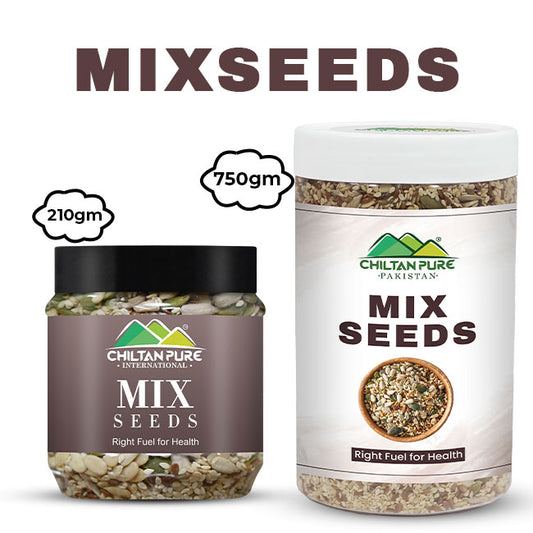
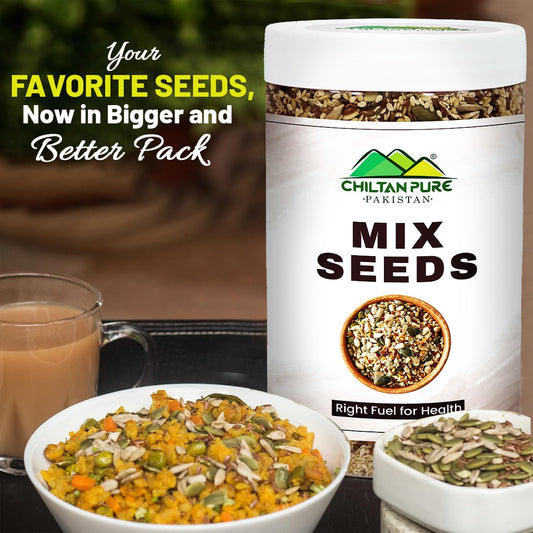
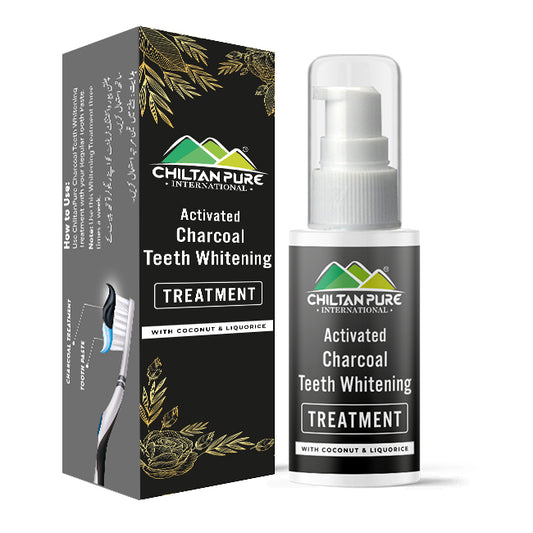

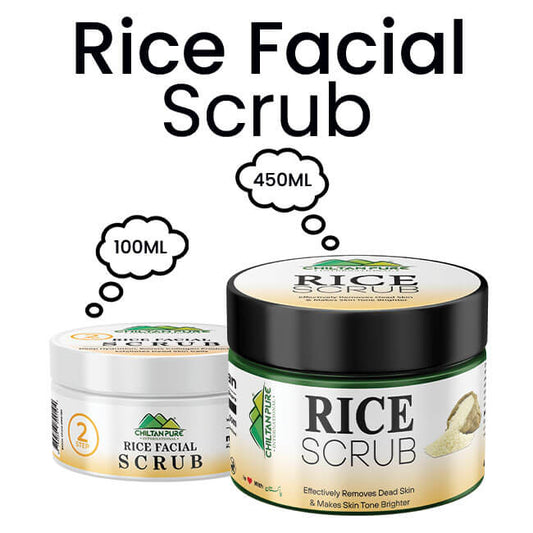
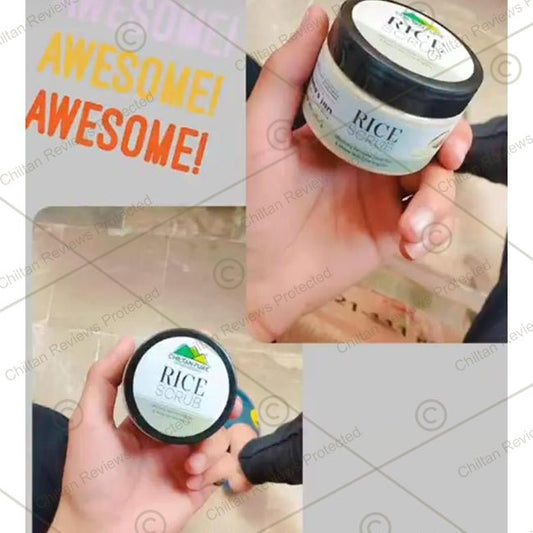
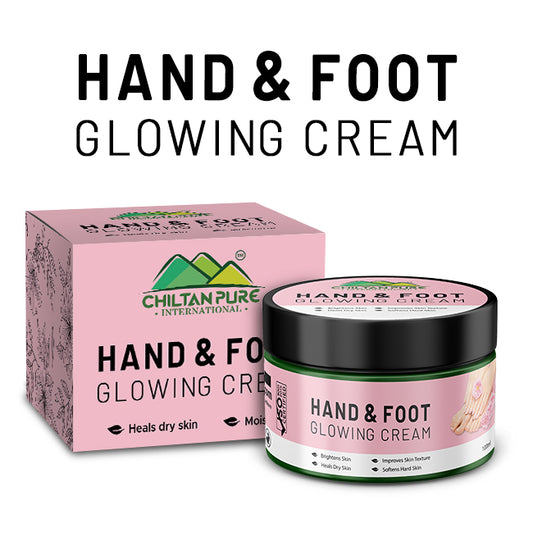

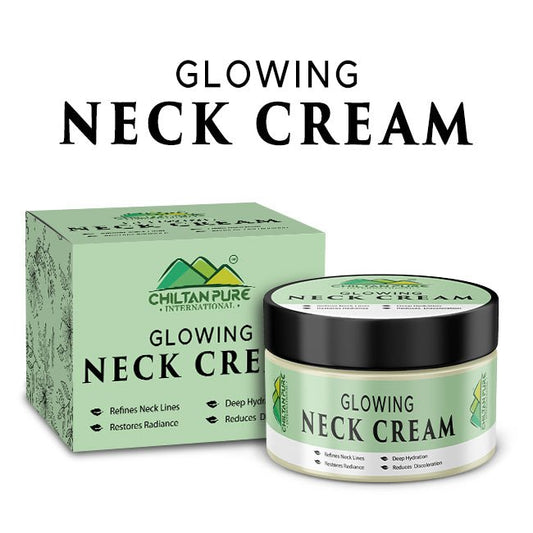
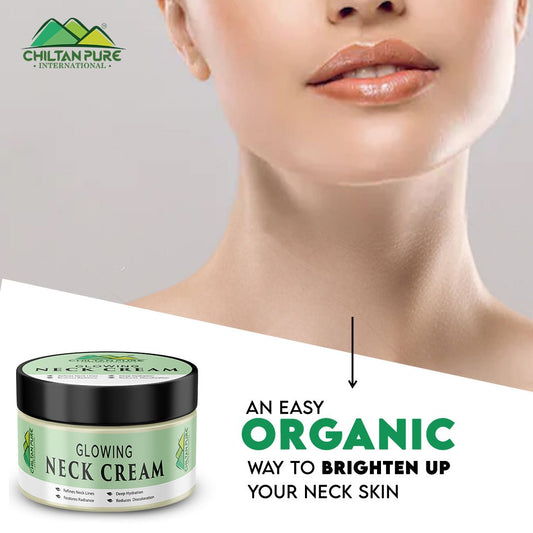
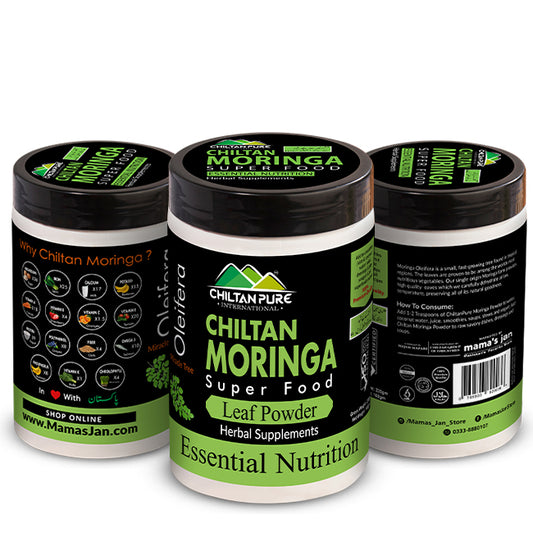
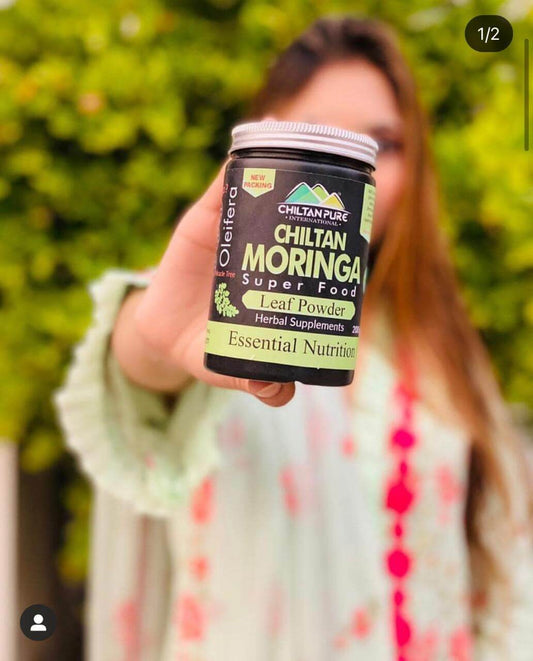
![Chia Seeds – Make Skin Glow, High in Fiber, Protein & Aid in Weight Loss [تخم میکسیکو]](http://mamasjan.com/cdn/shop/files/Chia-seeds-wb_1_533x.jpg?v=1739000274)
![Chia Seeds – Make Skin Glow, High in Fiber, Protein & Aid in Weight Loss [تخم میکسیکو]](http://mamasjan.com/cdn/shop/files/ChiaSeeds1_533x.jpg?v=1739000274)
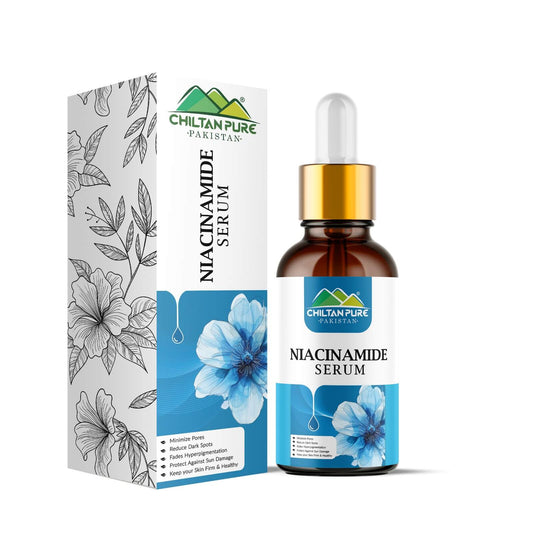
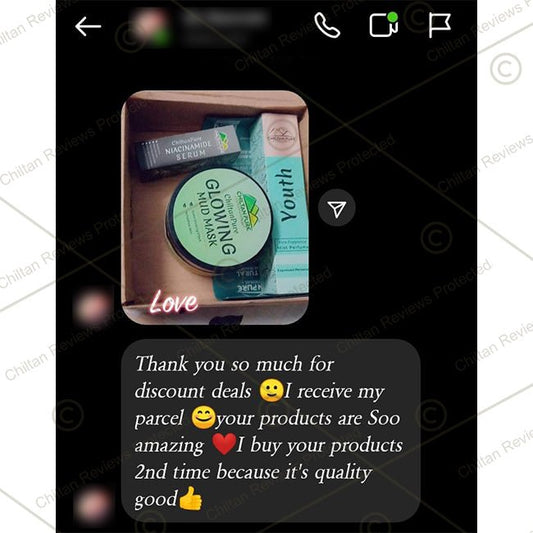
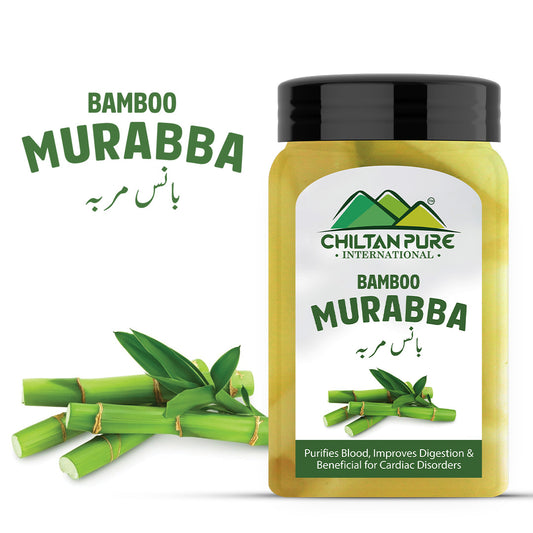
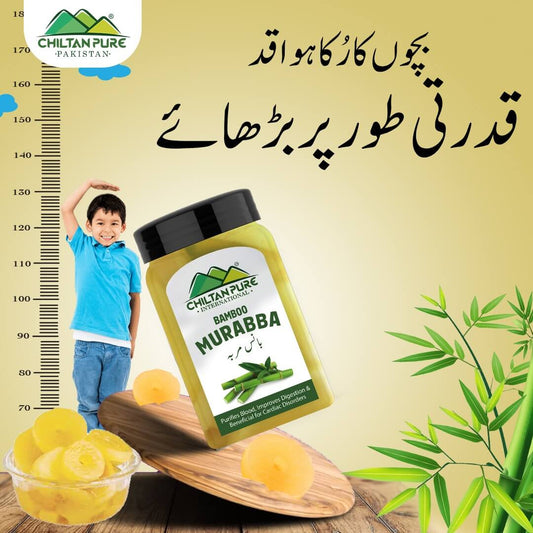
![Red Onion Oil 🧅 Reduces Hair Fall & Accelerates Hair Regrowth [پیاز کا تیل].. Trending.... 🔥](http://mamasjan.com/cdn/shop/files/Onion-Oil_533x.jpg?v=1707234402)
![Red Onion Oil 🧅 Reduces Hair Fall & Accelerates Hair Regrowth [پیاز کا تیل].. Trending.... 🔥](http://mamasjan.com/cdn/shop/files/shampoo-oil-4_3a0058c6-20d2-4f79-8050-19cf717015ac_533x.jpg?v=1708103599)

